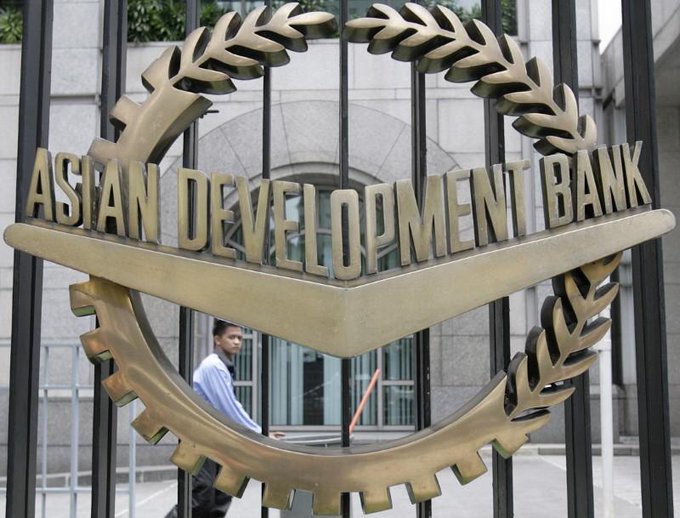Philippine Economy to Decline Further in 2020 Amid COVID-19, With Recovery in 2021
The Philippine economy is forecast to contract by 7.3% in 2020 amid the coronavirus disease (COVID-19) pandemic before growth returns to 6.5% in 2021, according to a new report from the Asian Development Bank (ADB) released today.
The Asian Development Outlook (ADO) 2020 Update projects a deeper decline in the Philippines’ economy than ADB’s June forecast of 3.8% contraction, with subdued private consumption and investment expected for the rest of the year and uncertainties about the global economic recovery.
The economy is expected to rebound in 2021 as the outbreak is contained, the economy is further opened, and more government stimulus measures are implemented. Downside risks next year include a slower than expected global recovery that could weigh heavily on trade, investment, and overseas Filipino worker remittances.
“We believe the worst is now over and that the contraction in GDP bottomed out in May or June this year. The package of measures the government rolled out such as income support to families, relief for small businesses, and support to agriculture in the second quarter all helped the economy to bottom out. We expect the recovery to be slow and fragile for the rest of this year, and growth to accelerate in 2021 on the back of additional fiscal support and an accommodative monetary policy stance,” said ADB Country Director for the Philippines Kelly Bird.
“ADB has thrown its full support to the government’s COVID-19 response, delivering a combination of loans and grants to help finance measures aimed at lessening the pandemic’s impact on lives and livelihoods,” he said.
ADB has so far provided about $2.3 billion in loans and grants to support the government’s urgent COVID-19 response, including social protection and livelihood support to help mitigate the impacts on livelihoods and employment and assistance to further scale up the government’s health response against the pandemic.
Following a contraction of 9.0% in the first half of 2020, a slow economic recovery is expected to start in the second half of 2020, as the government’s fiscal response gains traction and household consumption slowly picks up on a jobs rebound. Following the relaxation of community quarantines in June, the employment situation in July improved markedly from April. The services sector was the main job creator with 3.4 million jobs added between April and July, followed by the agricultural and industrial sectors, with 2.1 million and 2 million, respectively. Consequently, the unemployment rate fell from 17.7% in April to 10.0% in July.
The government is preparing an additional fiscal support package to be implemented in September which is expected to include cash subsidies to poor households; support for displaced workers and critically affected sectors such as agriculture, tourism, and transportation; and relief to the health care system, among other measures. Such measures will have high multiplier effects and keep the economy on track to recovery next year.
The report revised the Philippines’ inflation forecasts to 2.4% in 2020 and 2.6% in 2021, compared with the April projections of 2.2% and 2.4%, respectively, as global oil prices stabilize. The forecasts are within the Philippine central bank’s target range of 2.0%–4.0%, with monetary policy likely to continue to help the economy’s rebound from the pandemic.
ADB is committed to achieving a prosperous, inclusive, resilient, and sustainable Asia and the Pacific, while sustaining its efforts to eradicate extreme poverty. Established in 1966, it is owned by 68 members—49 from the region.

